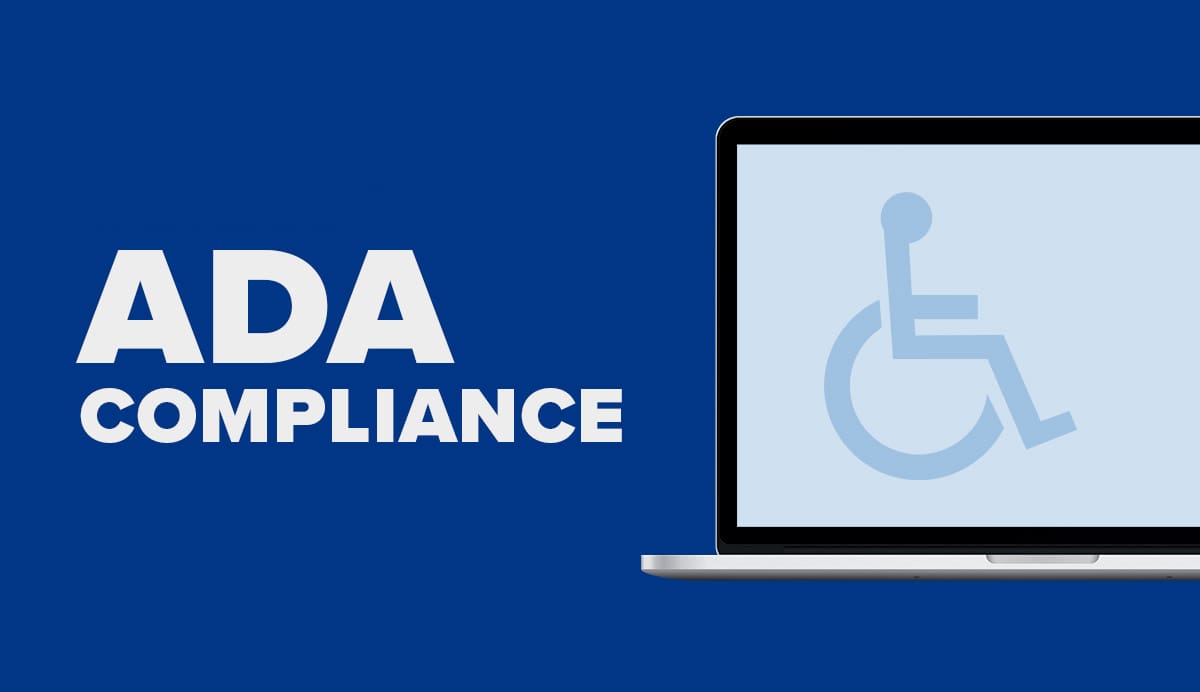
In recent years, businesses have faced a surge in ada website compliance lawsuits filed by plaintiffs alleging violations of the Americans with Disabilities Act (ADA). These lawsuits, often referred to as "troll lawsuits," target companies for failing to meet accessibility guidelines on their physical premises or websites. Understanding how these ada website compliance lawsuits operate and taking proactive measures can help businesses minimize the risk of being targeted.
Troll lawsuits exploit ambiguities in the ADA, claiming that individuals with disabilities are denied access to a business's services due to non-compliance with accessibility standards. Plaintiffs do not need to prove actual harm; they merely need to allege that they could not access the accommodation. For example, a person with a disability who finds a bathroom sink too low in a hotel or restaurant can file an ada website compliance lawsuit based on this minor violation.
Companies often receive no prior notice before being served with a complaint initiating the lawsuit. The ambiguities in the ADA and the fact-intensive nature of such cases make it difficult for businesses to quickly resolve the matter. Plaintiffs are aware that companies face a dilemma: settle the case or incur significant attorney's fees to prove their innocence. This knowledge motivates plaintiffs to file numerous ada website compliance lawsuits, increasing the likelihood of receiving settlement amounts.
One notorious example of troll litigation involved an attorney from Arizona who filed nearly 2,000 cases in two years, targeting businesses for trivial violations such as slight variations in handicap accessibility sign heights. The Arizona Attorney General's office intervened, seeking the dismissal of over 1,000 cases and sanctions against the attorney. Although the court dismissed the lawsuits and granted sanctions in some cases, many businesses had already paid settlement fees to avoid the threat of ada website compliance lawsuits.
To minimize the risk of being targeted by ada website compliance lawsuits, businesses should ensure compliance with the ADA Accessibility Guidelines (updated in 2010) and the Web Content Accessibility Guidelines (WCAG 2.1). Conducting internal audits and addressing any major non-compliance issues is a crucial first step. Engaging professional architects, contractors, and IT firms can help businesses achieve full compliance with the necessary guidelines.
For physical barriers, companies should conduct audits using the ADA guidelines to confirm compliance. Potential litigants are more likely to pass over businesses that meet these requirements. To avoid ada website compliance lawsuits related to online presence, businesses can take the following steps:
By understanding the tactics of troll litigation and taking proactive measures to ensure compliance with accessibility guidelines, businesses can significantly reduce the risk of becoming targets of ada website compliance lawsuits. Investing in compliance not only protects companies from legal action but also demonstrates a commitment to providing equal access to individuals with disabilities.
Here are some examples of successful compliance strategies that small businesses can implement to minimize the risk of ada website compliance lawsuits:
By implementing these successful compliance strategies, small businesses can proactively address accessibility issues, provide equal access to individuals with disabilities, and reduce the risk of being targeted by costly and time-consuming ada website compliance lawsuits. Investing in accessibility not only protects businesses from legal action but also demonstrates a commitment to inclusivity and customer service.

This site is protected by reCAPTCHA and the Google Privacy Policy and Terms of Service apply.